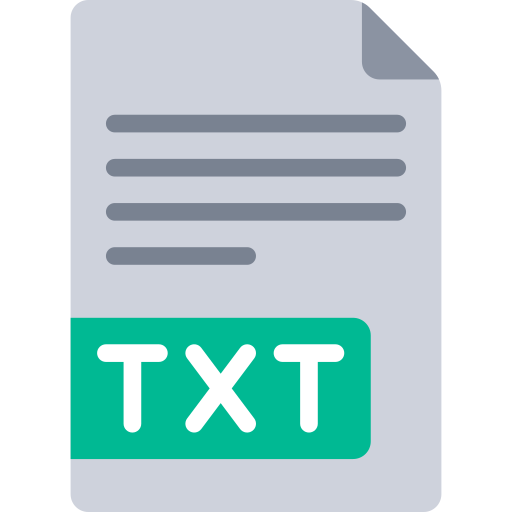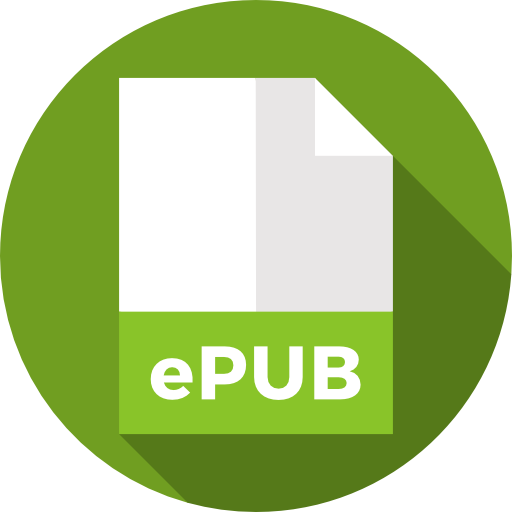
An International Publisher for Academic and Scientific Journals
Author Login
Scholars Journal of Medical Case Reports | Volume-13 | Issue-09
Pathological Gambling Following Subthalamic Nucleus Deep Brain Stimulation in Parkinson’s Disease: A Case Report and Literature Review
Najmi M, Benfekrane H, Imounachen B, Jelti A, Imounachen K, Oneib B
Published: Sept. 9, 2025 |
132
122
Pages: 2009-2012
Downloads
Abstract
Introduction: Deep brain stimulation of the subthalamic nucleus (STN-DBS) is a standard treatment for advanced Parkinson's disease (PD). While effective for motor symptoms, it can induce neuropsychiatric complications, including impulse control disorders (ICDs) like pathological gambling (PG). We report a case of de novo PG following STN-DBS. Case Presentation: A 58-year-old man with a 12-year history of PD underwent bilateral STN-DBS for refractory tremor. He had no prior psychiatric or gambling history. One-month post-surgery, while still on a reduced dose of pramipexole, he developed severe compulsive gambling behavior. Management and Outcome: The management involved a two-pronged approach: discontinuation of the dopamine agonist and careful adjustment of DBS parameters to favor dorsal contacts. This strategy led to the complete resolution of gambling behavior within months, while the excellent motor benefits from DBS were maintained. Discussion: This case highlights the complex and paradoxical role of STN-DBS in impulse control. It underscores that stimulation itself, likely via modulation of non-motor (limbic) circuits, can be a key precipitating factor, especially in conjunction with dopaminergic therapy. A multidisciplinary management strategy is essential for successful outcomes. Conclusion: De novo PG is a serious but manageable complication of STN-DBS. Thorough preoperative screening, patient and family education, and vigilant postoperative monitoring are essential to mitigate risks and ensure the therapy's success.


